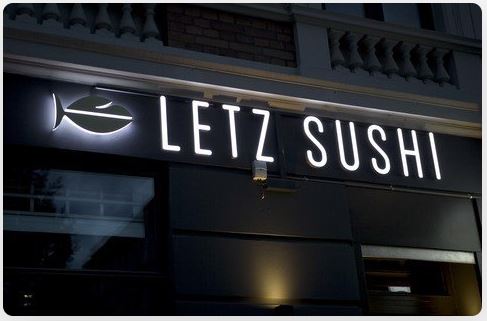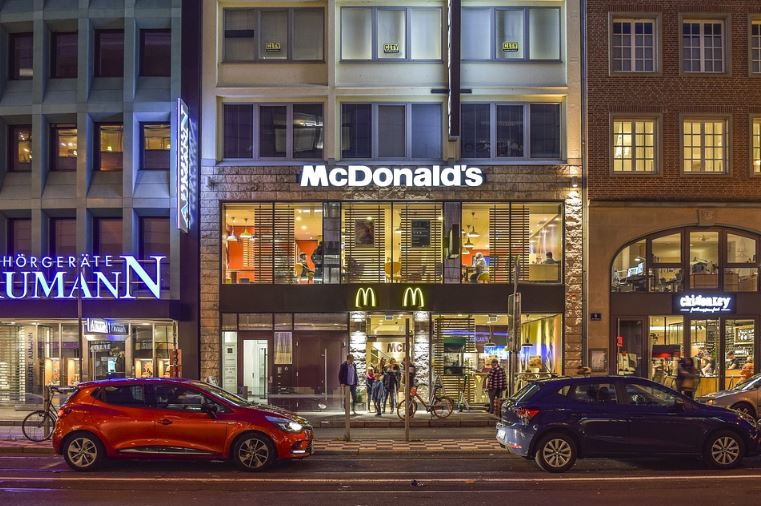The way in which your business is identified is called branding. Branding helps your customers recognize and experience your business. A brand is not just about a unique logo, it also represents the unique style of your appearance, services to your customers, business promotion, and advertising. Your branding sets you apart from your competitors. It also expresses the personality, strength, and quality of your business.
A company’s brand is a valuable intangible asset. Intangible assets are those we cannot touch, i.e., they are abstract. Apple has the world’s most valuable brand, which is currently worth more than $200 billion.
Extensive research on your customers and target consumers is involved in creating a strong brand. A strong brand keeps your customers engaged with your business by providing products and services that satisfy their needs. Branding also builds confidence and trust in customers, which makes them loyal to your business. Branding is the stepping stone of the launch and success of any business.

About Facade
Usually the front or exterior side of a building is called the facade. The word facade in French means frontage. The facade of a building is considered its most important aspect from a design point of view. It sets the tone of a structure. It also has significant value from an engineering perspective.
Facade Lighting
In the beginning, businesses conducted their advertising by illuminating company logos and placing billboards. Over time, the appeal of these illuminated signs in front of buildings decreased. A more refined approach to branding was born, involving architectural lighting. Experts say that a badly handled architectural lighting display can easily lead to non-architecture.
Facade lighting is a technique used to accentuate architectural details. Its goal is to place the focus on an object or building. It plays a significant role in branding, in which shelves, signs, and entrances are illuminated with bright and colorful lights to facilitate the orientation of visitors.
Intelligently placed facade lighting is an aesthetic requirement in branding, which creates new urban spaces and adds quality to any architecture or display.
With the invention of digital systems and LEDs, the art of facade lighting has reached new horizons.

How Facade Lighting Works
There are many aspects to facade lighting. It enhances the attractiveness of a place and its cultural value. Intelligent solutions are crucial because lighting consumes energy and sometimes produces unnecessary and undesirable brightness.
Only few lighting experts, like facadeskilte, provide aesthetically elegant and resource-saving lighting. Poorly planned facade lighting has become an increasing problem. The designer must be aware of these lighting concepts in order to design perfect facade lighting for any brand.
Architectural Facade Lighting
There are many rules that apply at night in facade lighting. Because of its contours and characteristics, well-placed facade lighting creates an impression of a three dimensional visibility of any structure.
While artificial light can’t compete with the daylight in illuminating things, it however, can offer possibilities in customized design. A professional approach to facade lighting can give a structure a special flair.
You have to take the environment into account when planning the display. One must consider all the elements involved like the color of the light, the use of various luminaries, its direction, and the structure to make functional relationships apparent.
Buildings of various brands like restaurants, clothes, jewelry, or sports chains require different lighting solutions. Fundamental lighting concepts have their own design.
Emotional Facade Lighting
This method of lighting transforms any structure or environment by using light to shape it. It involves placing color-injected characters and light patterns onto a plain or modest structure. This type of facade lighting transforms the natural feel of a structure to an emotionally perceived experience. It helps the onlooker linger and contemplate by creating an interestingly varied atmosphere.
Communicative Facade Lighting
Communicative facade lighting conveys information to onlookers that goes beyond the appearance of simple lighting. This lighting solution has boundless potential for presenting brands, messages, or values.
Media content such as animations, text, or images can be displayed using controllable led pixels on the facade. It helps brands create a unique identity by using corporate colors. Communicative facade lighting exploits the full potential of our society, which lives at a very fast pace. It helps brands, companies, and towns communicate with their environment at night.
How Facade Lighting Affects Business Branding
Mega brands and global companies transform architectural icons into their company’s reputation. The appearance of their buildings have often been supplemented by facade lighting to achieve more dynamic and colorful illumination. Now they are using this technique to represent their headquarters and outlets.
However, with the evolution of facade lighting, the identity and the architecture of brands started to fade. So ornamental displays started to resurface once more in order to maintain the individuality in branding.
The imagery of facade lighting for brand disclosure spans from implicit symbols to explicit signs. Corporate colors may appear vivid, but they are one dimensional. In contrast, more complex light compositions can generate more abstract symbolism.
You can easily transform brand image into a straightforward lighting concept, but clever customers can easily detect the simplicity of the ornamental message and may reconsider their brand loyalty.
A well thought lighting concept effectively supports a brand’s overall identity. For instance, bright lights are appropriate to promote games or fancy gadgets but not compatible with the requirements of educational establishments or financial institututions.
A lighting solution must be distinct, otherwise it will fail in its main purpose of brand communication. To optimize a company’s brand identity, a building’s interior lighting is also important.
Conclusion
Well planned facade lighting can transform any structure into an eye-catching attraction. It adds emphasis to a brand, accentuates the structure, and reflects the company’s identity. A contrast between light and dark can create an emotional response and do much more than functional illumination. Companies also use social media and video platforms to communicate with audiences who live far away from their premises.
___________________________________
Interesting related articles:

